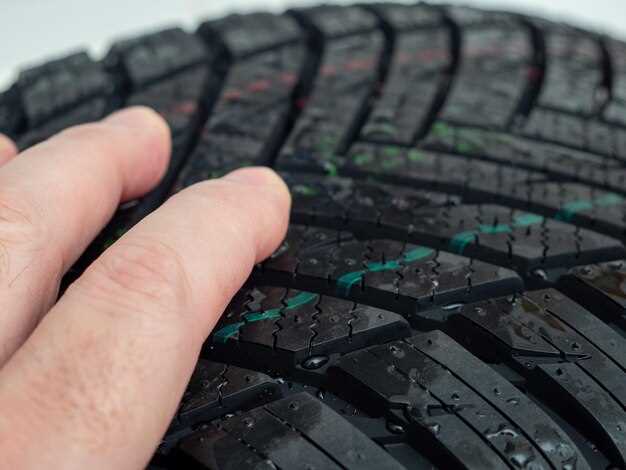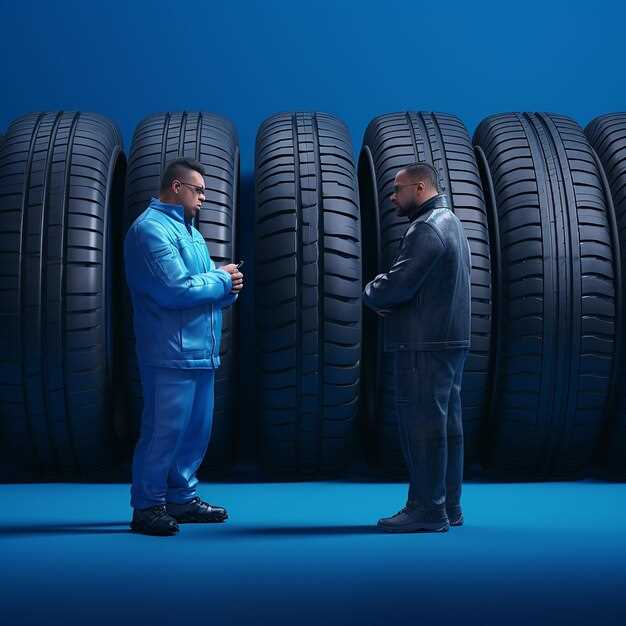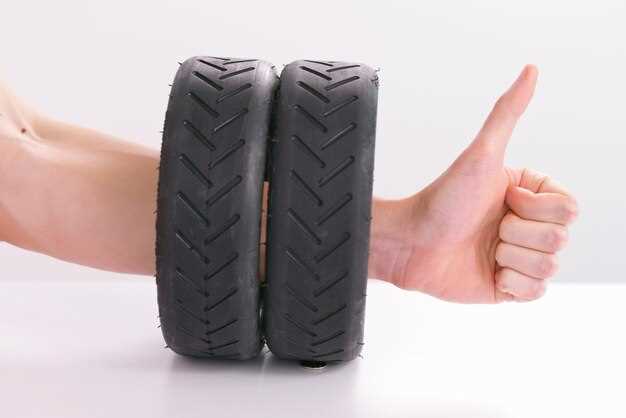
Low-profile tires have become increasingly popular among automotive enthusiasts and everyday drivers alike. These tires, characterized by their shorter sidewalls and wider tread, offer a distinct look and performance advantages. However, their unique design also brings about certain drawbacks that may not be immediately apparent. Understanding the balance of pros and cons is crucial for any driver considering this tire option.
On the one hand, low-profile tires can enhance a vehicle’s handling capabilities. The reduced sidewall height leads to less flex during cornering, providing improved stability and grip on the road. Additionally, many low-profile tires are designed for high-performance conditions, often featuring specialized tread patterns that further enhance traction. However, this performance comes at a cost, as low-profile tires can be more susceptible to damage from road hazards due to their limited sidewall cushioning.
Furthermore, while low-profile tires can contribute to a sportier aesthetic and better acceleration response, they may negatively impact ride comfort. The shorter sidewalls reduce the tire’s ability to absorb shocks from uneven surfaces, resulting in a stiffer ride. In contrast to standard tires, this can make driving on poorly maintained roads less pleasant. As potential buyers weigh these factors, it becomes essential to consider personal driving habits and conditions when deciding on low-profile tires.
Benefits of Low-Profile Tires for Performance Vehicles

Low-profile tires are designed with a shorter sidewall height compared to traditional tires, offering several advantages for performance vehicles. One of the primary benefits is enhanced handling. The reduced sidewall flex provides improved stability during cornering, allowing for sharper turns and better grip on the road. This ensures that performance vehicles can navigate curves with increased confidence.
Another significant advantage of low-profile tires is their increased responsiveness. Drivers experience quicker steering responses and more immediate feedback, which is crucial in performance driving scenarios. The improved contact patch with the road surface also enhances traction, allowing for faster acceleration and shorter braking distances.
Low-profile tires contribute to a more aggressive appearance for performance vehicles, complementing their sporty design. This aesthetic enhancement often appeals to enthusiasts who value both performance and style. Additionally, these tires can improve aerodynamics by reducing the overall rolling resistance, which can lead to better fuel efficiency in certain driving conditions.
Finally, many low-profile tire models are engineered with advanced rubber compounds and tread designs, offering superior performance in various driving conditions. This can translate into improved performance on both dry and wet surfaces, providing peace of mind for drivers who push their vehicles to the limit.
Impact of Low-Profile Tires on Ride Comfort and Noise Levels
Low-profile tires, characterized by their shorter sidewalls and wider tread, can significantly influence ride comfort and noise levels in vehicles. One of the primary effects of these tires is a stiffer ride. The minimal sidewall height reduces the ability of the tire to absorb road imperfections, resulting in a firmer ride. This firmness can enhance handling and provide a sportier driving experience, yet it may compromise overall comfort, especially on rough or uneven surfaces.
Furthermore, low-profile tires often produce increased road noise. The reduced air volume within the tire and the stiffer construction can lead to a greater transmission of vibrations and sound from the road to the vehicle’s cabin. This is particularly noticeable on highways or coarse road surfaces, where the impact of the tires on the road can be pronounced. In contrast, traditional tires with taller sidewalls tend to offer a quieter and more comfortable ride, effectively insulating occupants from external noise.
In summary, while low-profile tires can enhance performance and aesthetics, they also present trade-offs that may affect ride comfort and noise levels. Drivers must weigh these factors based on their driving preferences and typical road conditions encountered.
Cost Considerations and Longevity of Low-Profile Tires

When evaluating low-profile tires, it is essential to consider their cost and longevity. Generally, low-profile tires tend to be more expensive than their standard counterparts. This price difference can be attributed to specialized manufacturing processes and materials that enhance performance and aesthetics. Additionally, as these tires typically belong to performance-oriented categories, they may come from premium brands that command higher prices.
The lifespan of low-profile tires can be a mixed bag. While some high-performance models may have superior grip and cornering abilities, they often experience quicker wear. The reduced sidewall height leads to less cushioning, resulting in a harsher ride and increased susceptibility to damage from potholes or curb impacts. Consequently, drivers may find themselves replacing low-profile tires more frequently compared to standard options.
Moreover, driving style plays a critical role in the longevity of these tires. Aggressive driving behaviors, common among those who prefer low-profile options for their performance benefits, may accelerate tire wear. Conversely, a moderated driving style can help extend the life of low-profile tires, balancing performance needs with durability.
In conclusion, while low-profile tires offer aesthetic appeal and handling advantages, their higher cost and potential for reduced longevity should be carefully considered by consumers. Evaluating personal driving habits and preferences can help determine if the investment aligns with individual needs.



